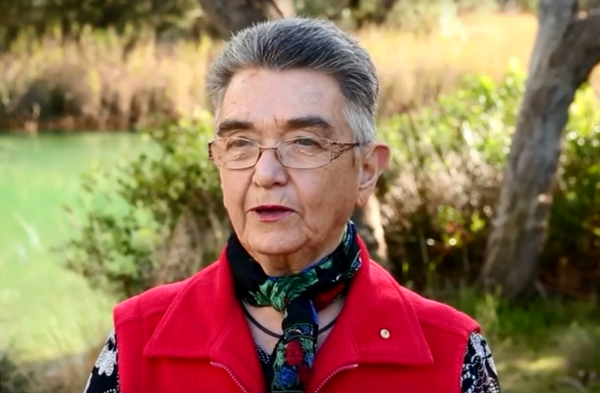
Trigger levels for a newly-tapped borefield will prevent acid flushes and fish kills in Anglesea River, Barwon Water and environmental group ANGAIR have assured locals.
The measures will prevent acid flows like those resulting from groundwater extraction at Barwon Downs, according ANGAIR committee member Christine Forster.
“Basically, what’s happening with the Anglesea borefield is that everyone has learnt their lesson from Barwon Downs,” she said.
Barwon Water recently announced it would tap the Anglesea borefield after in March it withdrew an application to controversially extract water at Barwon Downs.
Local farmers opposed Barwon Downs boring for three decades and in 2016 Barwon Water admitted the project had reduced base flow in nearby water systems.
This resulted in toxic flushes acidic enough to kill fish flowing into Boundary Creek and Barwon River, according to Corangamite Catchment Management Authority.
Mrs Forster, who also chairs Barwon River Ministerial Advisory Committee, said Barwon Water’s preparation would prevent similar events in Anglesea River.
“This one has been so thoroughly tested at every angle that we’re not concerned.
“They drilled about 100 bores to find the right ones and there’s only about four bores that they are going to use.”
At Barwon Downs peat swamps dried out due to reduced water levels resulting in a chemical reaction that led to the acid flows.
But the Anglesea borefield would not affect similar peat swamps located upstream in Anglesea River, Mrs Forster explained.
ANGAIR would monitor acidity levels and water flow in Anglesea River every three months, she said.
Mrs Forster described the borefield as a “reasonable” emergency approach during drought, provided the trigger levels for acidity and water flow were in place.
The measures would stop or reduce pumping “well ahead of any potential adverse impacts to the environment”, according to Barwon Water chief scientist Will Buchanan.
“We have gathered 10 years of data through an extensive environmental monitoring program and this has informed the sustainable operation of the borefield.”
Dr Buchanan said the borefield operated between 2009 and 2012 as Barwon Water confirmed the sustainable volume it could draw from the aquifer.
Low pH (acidic) events in Anglesea River, recorded since the 1970s, were not linked to Anglesea borefield, he said.
Unlike Barwon Downs, Anglesea borefield operated under a bulk entitlement that involved an “adaptive management” approach to protect groundwater-dependent ecosystems, Dr Buchanan explained.






